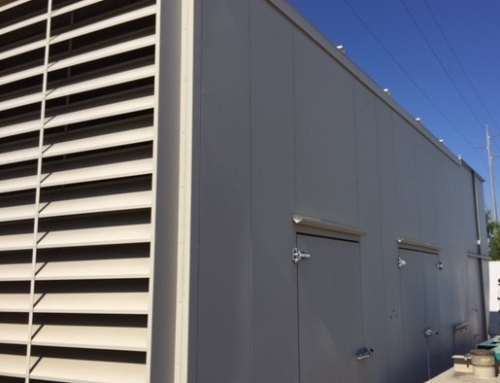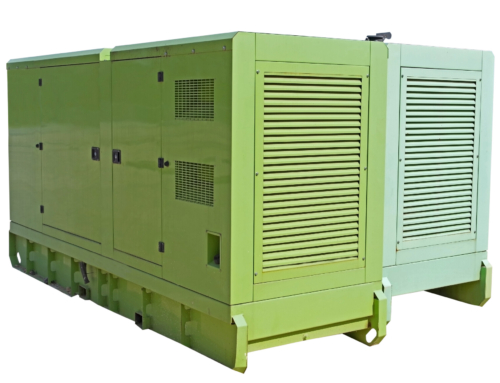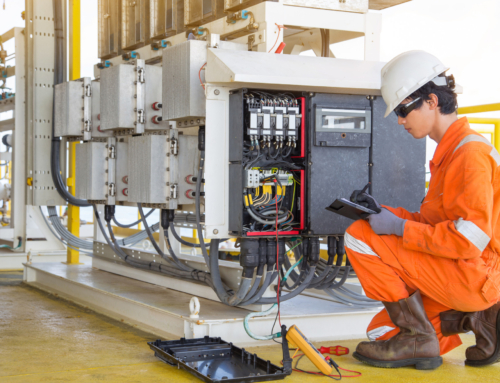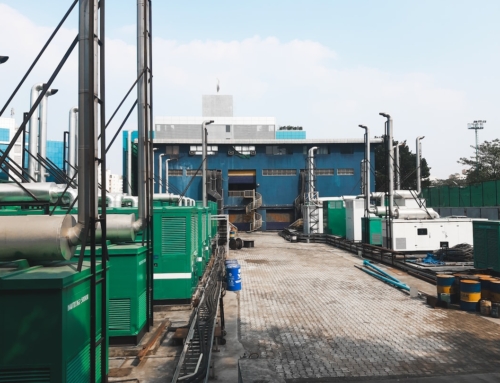According to recent data, power outages affect approximately 55M patients in NYC, Ontario, and Canada hospitals!
The guidelines for hospital backup generators in 2024 have become an important matter for steady power supplies in health centers. Spare power generators in hospitals are crucial when it comes to protecting the constant power supply during an emergency, a power outage, or a natural disaster from affecting the quality of patient care, medical equipment functioning, and the existence of the hospitals.
In this article, the standards for alternative power for a hospital in 2024 are discussed, and special attention is paid to issues of capacity, fuel selection, regulations, and maintenance.
Table of Contents
Capacity and Redundancy
In order for hospital backup generators to maintain the capability to supply power to the most needed systems and machines during crisis times, the capacity of power is a critical issue. The capacity requirements of newly built or refurbished facilities will depend on different variables, including the size of the facility, its anticipated number of patients, and the level of caregiving required. In 2024, hospitals should take the power of stocking their capacities seriously and purchase backup generators that are capable of remaining active even in higher loads.
Fuel Type and Storage
The selection of the fuel for the hospital backup generator is of great importance as it sets the possibility of using the equipment at such times. The usual fuels offered are gasoline, diesel, natural gas, or propane. Hospitals should consider a specific type of fuel in connection with the availability of the fuel, storage capacity, and the regulations that belong to this kind of fuel. In 2024, hospitals should use more and more heating systems on the wind, solar, biogas, and other sources of fuel. Therefore, it is recommended that they develop their fuel-controlling mechanisms in order to avoid fuel deficits and disruptions.
Regulatory Compliance
To guarantee that the emergency power system of a hospital is compliant at all levels, local, state and federal regulations, including those produced by organizations like the NFPA, the Joint Commission, and CMS, ought to be respected. In 2024, the hospitals are required to conform with all the updates in the guidelines and ensure that their backup generators are as per the latest standards of safety, effectiveness, and environmental compliance.
Automatic Transfer Switches (ATS)
The automatic transfer switches form an integral and indispensable part of the power backup system of hospitals, altering the supply and demand significantly in case of outages. Hospitals need to ensure that the proper installation, testing, and maintenance of ATS units are done to ensure that the units are working when in need. In 2024, hospitals would be expected to take the next step and use the ATS technology with capabilities like remote monitoring & automatic load shedding for better dependability and efficiency.
Regular Maintenance and Testing
Occasional servicing and periodic testing are the foundation for healthcare backup generator management with the objective of keeping the systems in good condition. On top of well-crafted maintenance plans, hospitals should be doing periodic checks and tests to verify generator performance under simulated conditions and ensure that they are working as they should. In 2024, hospitals are likely to take advantage of predictive maintenance systems and remote monitoring solutions to accomplish full reliability and reduce the incidences of downtime.
Environmental Considerations
The environmental considerations of hospitals are improving their standby generators to curb emissions that may contribute to air quality, and public health impairment must be met. It is the obligation of hospitals to take control of emissions by using exhaust systems and ensuring fuel quality to comply with environmental norms. In 2024, hospitals should find sustainable energy solutions
Integration with Emergency Preparedness Plans
Incorporating generators in hospitals in such a way that they can be operated smoothly is necessary for the emergency plans of such a facility. This ensures an effective and harmonized response during emergency situations. Hospitals need to come up with comprehensive emergency modes that highlight generator activation, fuel management, ATS operation, and continuous care of patients.
Remote Monitoring and Control
Features to remote control or monitor make it worthy for hospitals to use the backup generators to bring reliability and good performance in large hospitals or chains. Hospitals must be ready to respond to power outages that could save lives and emphasize the importance of reliable and effective backup power systems. An important aspect is the advancement of monitoring systems that allow quick monitoring of generator status, fuel levels, battery health, and system alarms. Remote command and control functions make it possible for operators to take generator sequence running decisions, set a range of parameters, and troubleshoot problems all from a fixed point, thus increasing efficiency.
See related: How control system works inside an automatic transfer switch.
Surge Protection and Voltage Regulation
Surge protection and voltage regulation systems should be built in backup generators provided by hospitals to protect sensitive medical equipment and electronics from power swings and transient voltage spikes. The use of surge absorbers, voltage regulators, and transient voltage surge suppressors offers the ability to maintain the voltage levels and also ensure the supply of electricity is free from surges.
Training and Staff Competency
Train hospital personnel who are in charge of running, fixing, and repairing batteries about their job and continue to provide them with knowledge. Training courses should include lessons on generator operation, guidelines for safety, maintenance manuals, and emergency response lessons. In 2024, hospitals will be required to dedicate extra funds for internal training; resources like e-learning, workshops, and interactive training sessions will be their best tools.
Get the Best Deals With Swift Equipment Solutions
In 2024, healthcare providers are striving to meet the rising demands of reliability, power safety, and regulatory compliance while providing power in healthcare institutions. Compliance with the latest standards and policies makes it possible for hospitals to set up their backup power generator as powerful, dependable, and highly capable of providing uninterrupted power supply and other vital medical operations during emergency situations, thereby protecting patients during their care.
When looking for robust hospital backup generators, look no further than Swift Equipment! We bring you the best deals on industrial generators in the market. Get the ideal recommendation now!
See related: Know about industrial units.
Common Questions about Hospital Backup Generators
Q1. What are the primary fuel options for hospital backup generators in 2024?
Hospital backup generators commonly utilize diesel, natural gas, or propane as fuel sources, with each option offering unique benefits and considerations based on factors such as availability, emissions, and cost-effectiveness.
Q2. Why is integration with emergency preparedness plans essential for hospital backup generators?
Integration ensures a coordinated response during crises, outlining procedures for generator activation, fuel management, and patient care continuity, ultimately enhancing the facility’s ability to respond effectively to emergencies and maintain critical operations.
Q3. How do surge protection and voltage regulation systems benefit hospital backup generators?
These systems safeguard sensitive medical equipment from power fluctuations and voltage spikes, ensuring consistent power quality and minimizing the risk of equipment damage or downtime during utility outages or electrical disturbances.

![What are the requirements for hospital backup generators? [2024 guidelines] 1 Generator peak shaving](https://swiftequipment.com/wp-content/uploads/2022/05/backup-generator.jpeg)
![What are the requirements for hospital backup generators? [2024 guidelines] 2 Portable generator](https://swiftequipment.com/wp-content/uploads/2023/05/Portable-Generator-1.png)





Leave A Comment